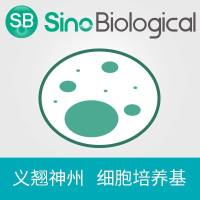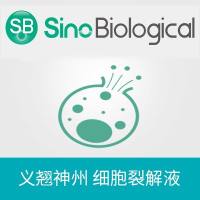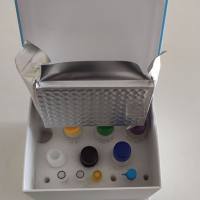Development of Serum-Free Media for Lepidopteran Insect Cell Lines
互联网
642
Lepidopteran insect cell culture technology has progressed to the point of becoming an essential part of one of the most successful eukaryotic expression systems and is increasingly used industrially on a large scale. Therefore, there is a constant need for convenient and low-cost culture media capable of supporting good insect cell growth and ensuring high yield of baculovirus as well as the strong expression of recombinant proteins. Vertebrate sera or invertebrate hemolymph were essential supplements in first-generation insect cell media. These supplements, however, are cumbersome and expensive for routine large-scale culture; thus, their use is now circumvented by substituting the essential growth factors present in these supplements with serum-free substances. Such non-serum supplements are typically of non-animal origin and include protein hydrolysates, lipid emulsions, and specialized substances (e.g., surfactants and shear damage protecting chemicals). These supplements need to complement the defined, synthetic basal medium to ensure that the fundamental nutritional needs of the cells are satisfied. Although there is a significant number of proprietary serum-free and low-protein or protein-free media on the market, the lack of information concerning their detailed composition is a drawback in their adoption for different applications, including their adaptation to the metabolic and kinetic analysis and monitoring of a given insect cell based bioprocess. Hence, there is wide appeal for formulating serum-free media based on a rational assessment of the metabolic requirements of the lepidopteran cells during both the growth and the production phases. Techniques such as statistical experimental design and genetic algorithms adapted to the cellular behavior and the bioreactor operation mode (batch, fed-batch, or perfusion) permit the formulation of versatile serum- and protein-free media. These techniques are illustrated with recent developments of serum-free media for the cultivation of commercially important Spodoptera frugiperda and Trichoplusia ni cell lines.









